Why Great Sneaker Releases Are Becoming Rarer and Rarer

Here's how it usually works: Every Friday, we present to you the best sneaker releases of the week. For a year and half we’ve written up these lists with few exceptions-but not this week. There just aren’t enough releases to talk about. While that may seem like the usual ebb and flow of the market, it’s indicative of a larger trend that may signal a larger change in the sneaker industry. And one the world is ready for.
When we started the “Coolest Sneakers of the Week” column in 2017, there were dozens of releases to pick from. We would cull the number down to 10 or 12 and present the the best of the offerings, knowing that we were leaving some of the lames on the table, presenting the breadth of releases in the industry, and implicitly offering a living roadmap of how the culture was developing and changing week after week.
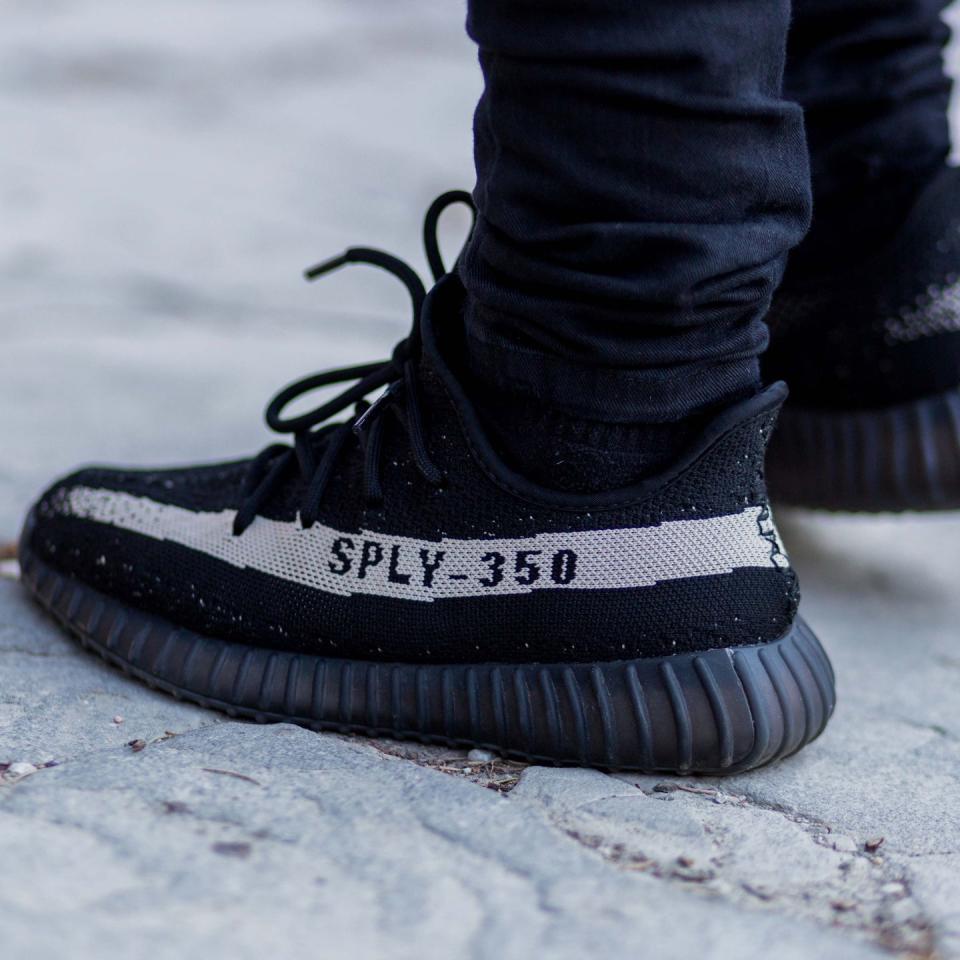
It was a heady time.
Similar to Wall Street before the financial crisis, it felt like there was no way the industry could sustain the pace-while at the same time very few wanted it to stop. Sneaker culture is inherently a niche thing that’s seen an explosion in the last four or five years; it felt good to suddenly be at the center of the conversation, even if that conversation was consistently whining about “how things used to be.” But like every expanding cultural bubble, it eventually contracts. For a while, it felt like the time for contraction was past due, but the drastic reduction in weekly releases in the last few months may be an indication that it is-finally-here.
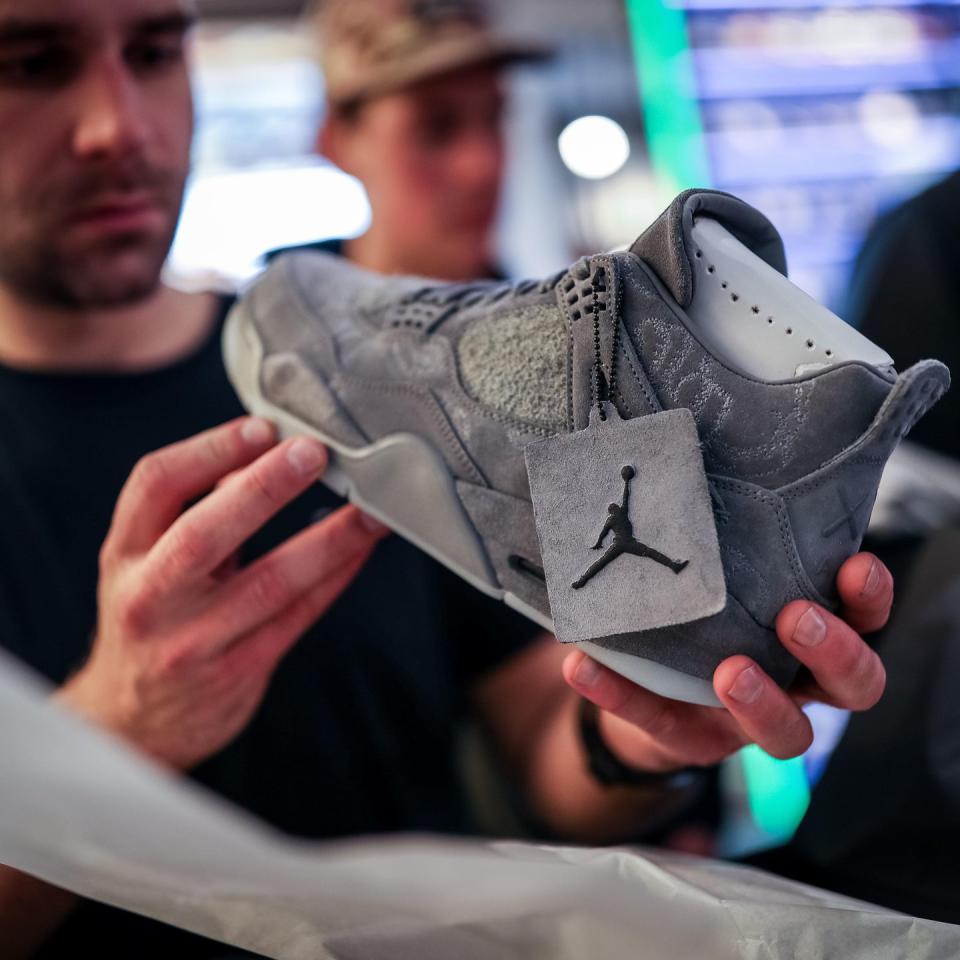
Of all those dozens of weekly releases before the recent contraction, few of them were very good. There would be a handful of unique collaborations and special releases from brands, but most of the offerings were chaff-with exceptions popping up around All Star Weekend and Black Friday when the lists were full of bangers. Ultimately, some of the filler would make it to general consciousness, but when the cash was on the table, customers skipped them to hunt for rarer pairs.
While the sneaker industry boomed, the brands raked in money. Sites (like, yes, this one) found a hungry audience for associated editorial content, and micro-industries exploded (high-end lace brands! sneaker cleaners with a dozen different products!). But it created pressures on retailers that were untenable. Immediate problems like huge line-ups and mass theft got some solves, but this massive influx of product created problems that were relegated to stock rooms. In other words: Duds became the known, but unspoken, specter of the industry.
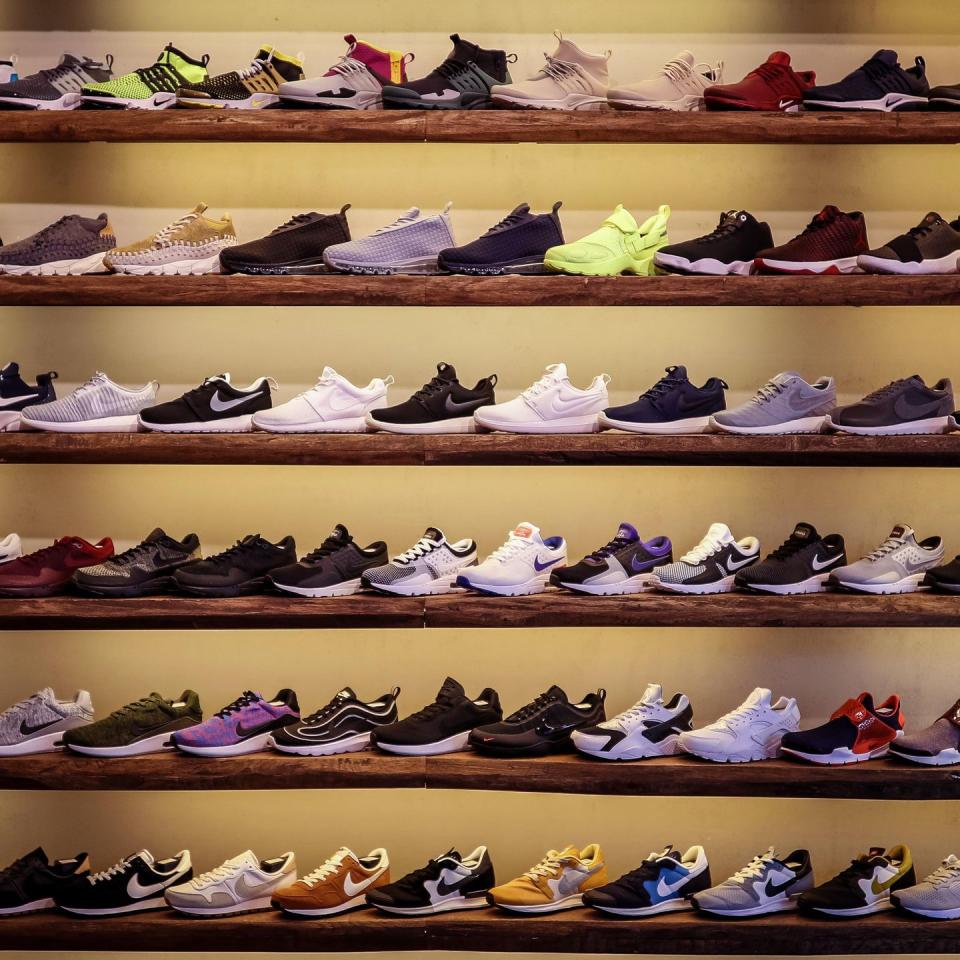
Here's a look at how that plays out: Other folks pay the price. In 2015, Kanye West told Vanity Fair that he wanted the Yeezy 350 to be as iconic as the Air Force 1. Sneakerheads balked. The Air Force 1 is an institution, not just in sneaker circles, but in the world of retail and as one of the most impactful products ever created.
The Air Force 1 is omnipresent, available in a variety of models and colorways, but always on shelves in white and black in highs and lows regardless of season or region, and usually for a very reasonable price. The demand doesn’t change. The shoe cannot go out of style because it’s never in style: the definition of it goes beyond a personality or a trend. It’s not attached to a figure or a cultural moment that could change. And it’s one of the most affordable shoes on the market. It’s always available, and always in budget.
As a public figure inexorably linked to product, Kanye’s favor has changed and so too has the meaning of his shoes. When 350s first released, they sold in super-limited numbers for $200 and resold for well over $1,000. They were largely unavailable, and largely unaffordable. That’s Kanye’s power: He can funnel all his hype into a single product and raise the cache of a moment. But it’s unsustainable. Hype doesn’t live on. Now, the shoes are released dozens of times a year at massive volume and resell for between $250 and $400. Shoes that used to sell out in seconds now take a full 24 hours to sell. It’s still a lot, but it’s a marked decline and the slope is on a one-way track.
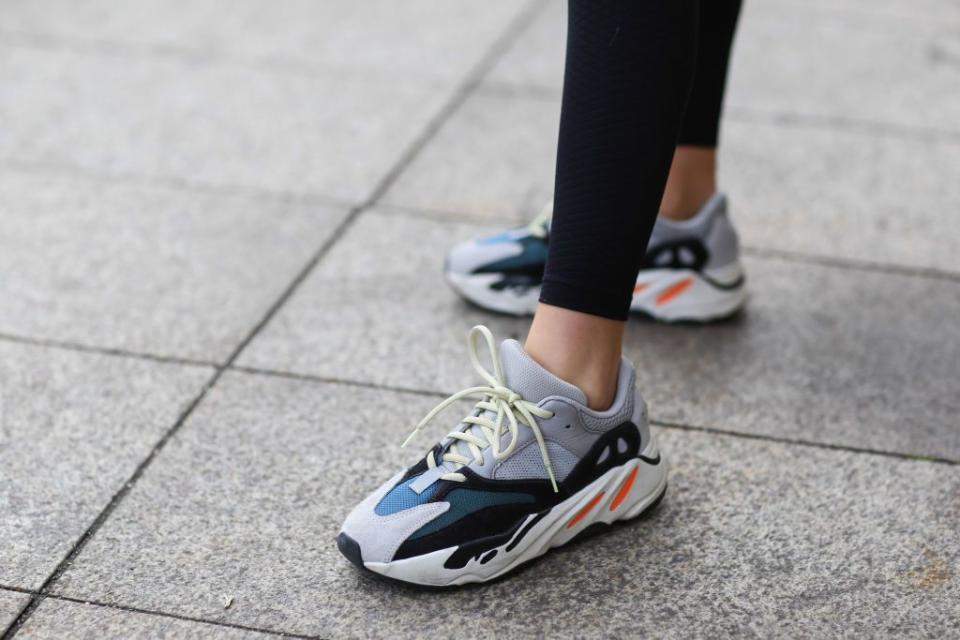
That’s not to say that Yeezys are failing. They’re not. They’re selling hundreds of thousands of pairs that are injected into an expanding secondary market as resell prices decline. But the newer elements of the market represent the outer edges of a wide consumer base, signaling that the center is already moving on to something else. The brand will continue to make money, but it's no longer the shining jewel of the industry.
Even at the height of Yeezy Fever we wondered: what's next? The Off-White x Nike relationship was the most obvious heir bolstered by the cultural cache of Virgil Abloh, but even that’s supposedly coming to an end soon.
Before Yeezys it was retro-runner collaborations, also dependent on cultural personalities. Before that it, was limited Jordans. There’s a natural cycle to the industry of what’s hot, but below all of that is the force of a wide consumer base that has never been more interested in sneakers, but will eventually turn its attention to the next hottest thing. The next hottest thing is out there, and we don’t know what it is. It increasingly looks like it’s not sneakers.
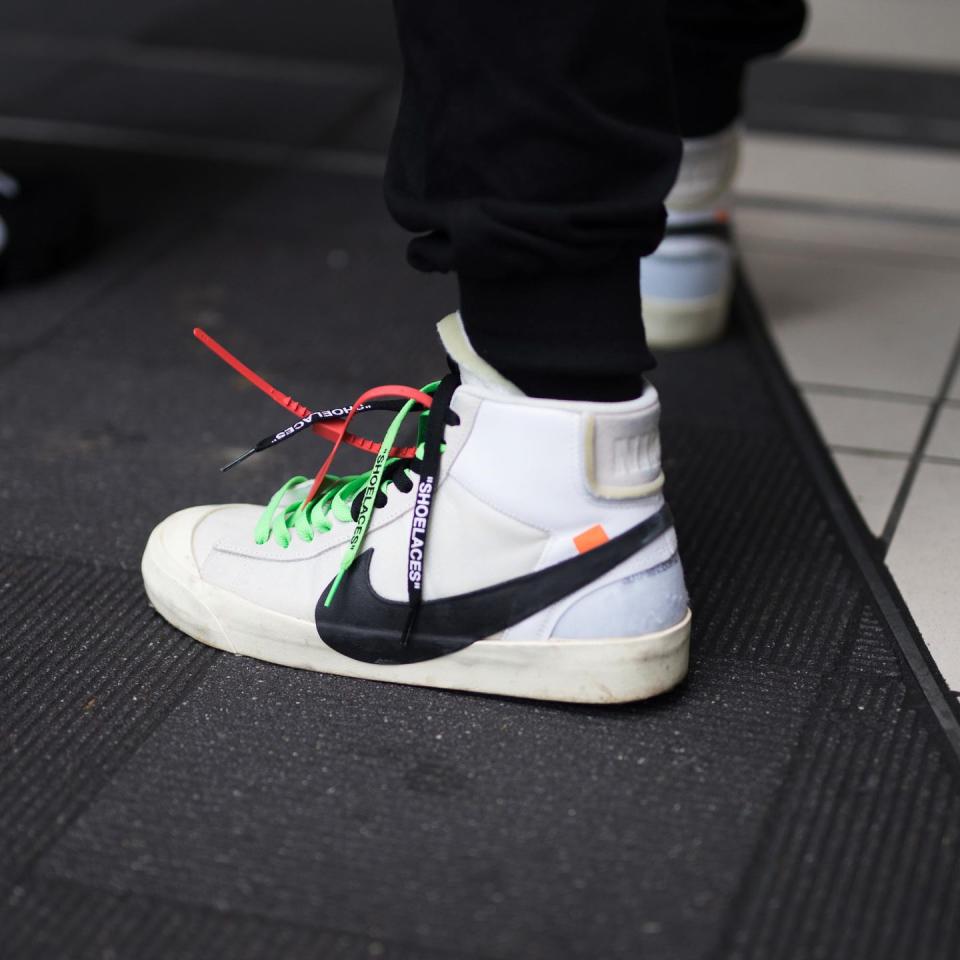
The hottest performers have all been tapped for partnerships, designed shoes, and released them to a wide range of success. The latest tech innovations are interesting, but either prohibitively expensive or just not that cool. The focus on collaborations has elbowed out worthy attention on good product design, reprioritizing the work of solid, consistent designers. It looks like every corner of the market has been tapped out, and the brands are responding by cutting release schedules in half. So we have less to show you week after week until you get to a week like this one, when there isn't anything to report on, and the only thing that may have made the cut is gone. (It’s an Air Jordan 1, it’s already sold out, and it’s a great colorway but the writing on the quarter is a dealbreaker.)
Are we making too much of this? Possibly. There are corners of the industry that may be unexplored and are so shadowed we can’t even recognize them yet until they burst onto the scene. But the trend is certainly moving towards fewer releases that individually have greater impact, and investment in product pushes that do not rely on a single personality or trend. While that’s better for the market and everyone who works in the industry, it gives folks like this writer less to write about.
Call it a fair trade.
('You Might Also Like',)


